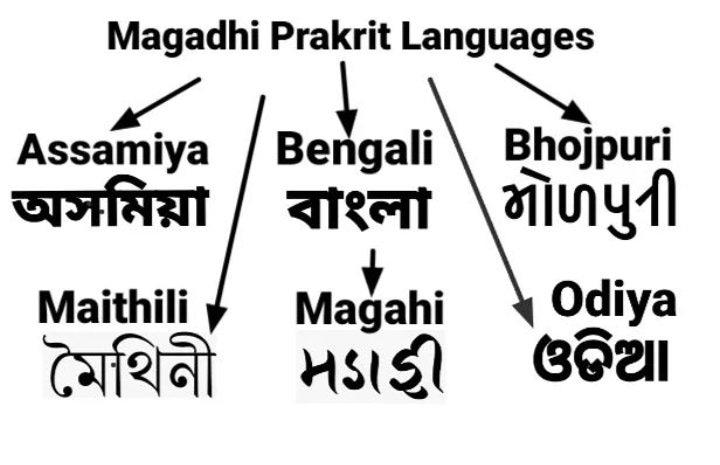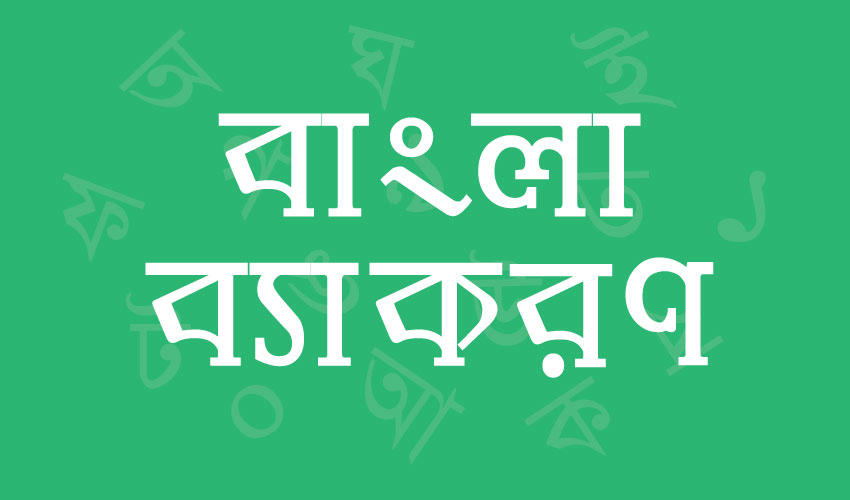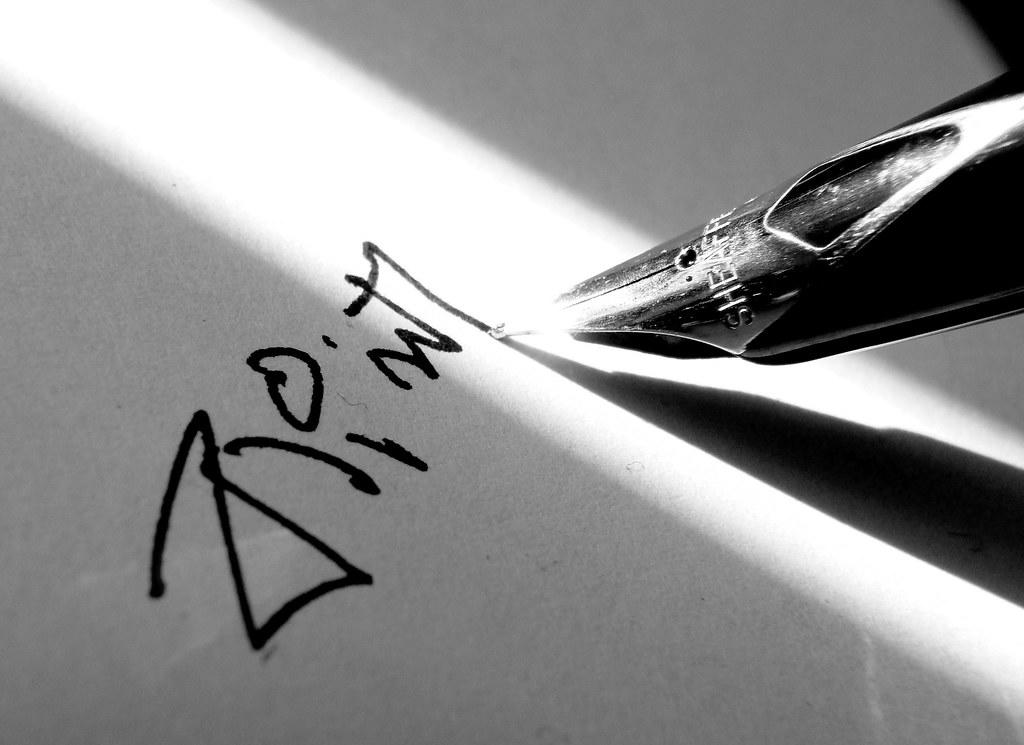Bengali is one of the languages that people speak the most worldwide. Bengali is spoken by roughly 200 million people, making it the sixth most popular language. Bengali, like Hindi, Urdu, and other regional languages, has a very long history. It has certain similarities with Sanskrit. With the largest concentration of speakers in the region of West Bengal, it is currently the most widely spoken language in Bangladesh and the second-most popular language in India.
The incredible love people have for Bengali is demonstrated by the fact that many individuals have died trying to make Bengali the official language of their country. Bengali is essential to the ethnic and national pride of the Bengali people. Language Movement Day is an annual celebration of the 1952 demonstrations that aimed to create Bengali.

Origins of the Bangla Language
Most people assume that Oriya, Assamese, and Bengali originated as a single branch that eventually divided into Oriya and Assamese. This explains, among other things, why speakers of Oriya and Assamese also claim the Charyapadas, or Buddhist mystic songs, as their ancient works of literature and language.
Interested in learning about Hindi? Find Hindi classes near me easily on Superprof.

How Old is the Bengali Language?
Bengali language experts Suniti Kumar Chatterji and Sukumar Sen proposed that the spoken language Magadhi Prakrit gave rise to the written language Magahi Apabhramsha around the tenth century CE. A rival theory was put forth by the Bengali academic Muhammad Shahidullah and his adherents, who proposed that the language originated in the 7th century CE and evolved from spoken and written Gauda (which was also a Prakrit and an Apabhramsha, respectively). Bengali is an Indo-European language, but it has also been impacted by other South Asian language groups, particularly the Dravidian, Austroasiatic, and Tibeto-Burman families. These languages have given Bengali lexicon and certain structural elements.
Discover the fascinating story of Indian English.
When Chatterji looked through early 20th-century dictionaries in the 1960s and 1970s, he concluded that about half of the vocabulary in Bengali was made up of native words (that is, naturally modified Sanskrit words, corrupted forms of Sanskrit words, and loanwords from non-Indo-European languages), roughly 45% was made up of unmodified Sanskrit words, and the remaining were foreign words. Persian dominated the last group and gave rise to some grammatical features. Recent research indicates that speakers of Bengali have been using more native and foreign vocabulary, primarily due to their preference for the colloquial style.
Bengali Language Styles
In Bengali, there are two main speech patterns: the Chaltibhasa, or modern or colloquial speech, and the Sadhubhasa, or elegant or refined speech. The language of the early Bengali poetry works had a significant influence on the former. It was standardized in the 19th century as the language for literature as well as the suitable medium for interpersonal and professional communications. Sadhubhasa was not the language of everyday communication, despite the fact that it was occasionally employed for speeches.
The dialects of Kolkata (Calcutta) and the nearby minor towns along the Bhagirathi River are the basis of Chaltibhasa. It first appeared in literature in the early 20th century, and by the early 21st, it had established itself as both the standard colloquial speech among the educated and the dominant literary language. In Chaltibhasa, the verb forms and pronouns of the Sadhubhasa are contracted. The vocabulary also differs noticeably.
Learn the history of the Telugu language.
The biggest disparities in Bengali usage are regional, even if variations are linked to socioeconomic class, educational attainment, and religion. The four main dialects, known as Bangla (the dialects of the rest of Bangladesh; see also Bangladesh: history), Kamrupa (northeastern Bangladesh), Pundra, or Varendra (the northern parts of West Bengal and Bangladesh), and Radha (West Bengal proper) roughly correspond to the ancient political divisions of the Bengali-speaking world. Furthermore, speakers of Bengali in the two cities of Sylhet and Chittagong have created dialects with lexical and phonological features that are largely incomprehensible to other speakers of the language.
Bengali Alphabet
The Brahmi alphabet is the source of the Bengali alphabet (বাংলা লিপি – Bangla lipi). Many wonder if learning Bengali is simple or if there is a quick way to pick up the language. Additionally, it shares a strong relationship with the Devanagari alphabet, from which it began to deviate in the eleventh century AD. Charles Wilkins invented printing in Bengali in 1778, which is when the Bengali alphabet first emerged in its current printed form.
There are two literary styles in Bengali: Chôlitôbhasha (চলিতভাষা) is the "current language" and Shadhubhôsha (সাধুভাষা) is the "elegant language." While the latter was developed in the 20th century and is based on the speech of educated Calcutta residents, the former is the classic literary style that dates back to the sixteenth century and is based on Middle Bengali. There are minor variations between the two types, mostly pertaining to verb conjugations and pronoun forms. This alphabet is sometimes referred to as the Eastern Nagari script or the Eastern Neo-Brahmic script.
Uncover another language steeped in heritage with a history of the Marathi language.

Bengali Grammar
The word order in a basic Bengali sentence is often subject-object-verb. The negative particle appears at the conclusion of the sentence when it is present. It's common practice to omit the copula, or verb that connects the subject and predicate. Six incidents are well acknowledged. Compound verbs are unique in that they consist of a stem or root and a suffix. Three verb tenses exist, although they are divided into ten subtenses.
There are two numbers—plural and singular—as well as two moods: imperative and indicative. Since the first, second, and third persons have both ordinary and honorific referents, they can be stated using six different forms. There is no particular declension for feminine and neuter genders; gender is natural. Generally speaking, adjectives are not changed based on how many or which case of nouns they qualify.
Discover your perfect Hindi teacher on Superprof!
Composing Systems
One of the two ancient Indian scripts, Brahmi, is the source of the Bengali script. Specifically, the eastern variant of Brahmi is used. While the development of Bengali script differed from that of Devanagari and Oriyan scripts, Assamese and Bengali script characters were typically similar. The Bengali alphabet was almost finished by the 12th century CE, but spontaneous changes persisted until the 16th century. The 19th century also saw some deliberate changes.
Travel to South India to immerse yourself in the rich Tamil language and culture.
Writing in Bengali is done from left to right. Not a single capital letter is used. Numerous conjuncts, upstrokes, downstrokes, and other elements that dangle from a horizontal line define the script. All of the punctuation, except for one, comes from 19th-century English.
The University of Calcutta started a series of changes in 1936 that resulted in a uniform spelling of Bengali. Nonetheless, the 20th and early 21st centuries saw the continuation of the standardizing process. For example, the Bangla Academy in West Bengal has suggested additional changes, while the Bangla Academy in Dhaka favours a set of alternatives provided by the 1936 reforms.
Rabindranath Tagore, the Nobelist and poet from Bengal, founded Visva-Bharati University, which has also changed its spelling a few times. Lastly, certain publishers and newspapers have their house styles. Unsurprisingly, there has been some confusion as a result of these separate attempts to harmonize Bengali spelling.
How to Learn Bengali Language
Acquiring proficiency in a foreign language is an immense task, particularly when acquiring knowledge of an entirely novel alphabet. Nonetheless, starting with familiar sentences is a wise move. Regardless of whether you're visiting Bangladesh. Therefore, if you practice a little, you can pick up some helpful sentences in Bengali or Bangladeshi. If you only want to study the language for fun, you can also acquire some useful sentences.
Recognize the sound that each letter produces rather than how it functions. Each letter can produce many sounds, unlike in English. You can learn the Bengali language in English if you speak the language. Recognize and learn each of these sounds. Consider looking at the alphabet and trying to pronounce the short two-letter words to get a sense of how they are spoken.
Looking to learn Hindi? Find online Hindi classes on Superprof!
Learn Transliteration
You will pick up the language considerably faster if you use transliterated text rather than studying the Bengali script and speaking at the same time, especially if your primary focus is on talking rather than reading and writing.

Recall Bengali Pronunciation
Bengali is a syllabic alphabet, thus it's easy to figure out words you don't know from the letters once you know the sounds. For newcomers, this will be the most crucial method of learning the Bengali language. Even if you might not understand the meaning, you could be able to pronounce it.
Identify Linguistic Parallels between Bengali and English
Similar to English, but unlike several other European languages like French or Spanish, the verb does not change form based on the subject's gender. How to learn English from the Bengali language. Because their grammatical portions are so similar, learning will be simple for you. Thus, learning Bengali through English became simpler. With Bangla, you can learn English.
Discover royalty with a concise history of the Urdu language.
Acquaint Yourself with the Bengali Script
Bengali script is typically used for writing. The alphabet consists of 52 consonants and 12 vowels. Being a syllabic language, Bengali assigns a whole sound to every letter. Even though vowels vary, every consonant has a natural vowel of its own.
Online Bengali Language Courses
Online classes are the most effective option for beginners to learn Bengali. Online learning is by far the easiest method of learning a language. The number of people learning online is increasing daily. You ought to select a Hindustani language online language course for this. Bengali language lessons are among the various Indian language courses they provide you.
















few mistakes, no mention of chorjapod in Bengali language, no mention of dark age 13th century in Bengali literature when this language was saved from invasion.
Thank you for pointing it out, we will review and revise the article.
Hi, after reading & learning the history of lipi in India. the first lipi was Dham/Prakit/Pali lipi, there was no Bhrahmi lipi in past, only Bhanran attaching this name to showcase that Sanskrit is the oldest language, Sanskrit language development started after 6 or 7 century. so all Pali the mother of all Indian language.
Hey Ravi,
Thank you for adding your bit to the article. It is quite interesting to know!